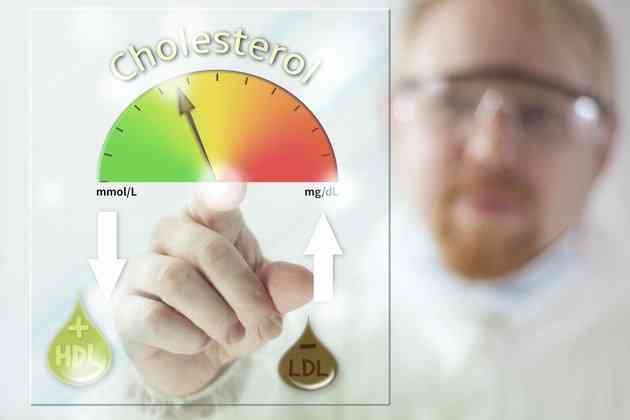Cholesterol Bumps

Cholesterol bumps--or xanthomas--are fatty deposits that build up under the skin. Anyone can develop a cholesterol bump, but they are most common on the elderly and affect many people with high blood cholesterol levels. A xanthoma can develop anywhere on the body, but they are commonly found on the elbows, knees, hands, feet, joints, tendons and buttocks. When a cholesterol bump forms on an eyelid, it is called xanthelasma palpebra. This condition is not typically associated with high cholesterol levels.
 A senior man is smiling at the camera. (Image: XiXinXing/XiXinXing/Getty Images)
A senior man is smiling at the camera. (Image: XiXinXing/XiXinXing/Getty Images)Appearance
Cholesterol bumps can vary in size, with some very small and some being larger than 3 inches across. They are typically flat and soft feeling and have well-defined edges and borders. They are often flesh-colored or yellow in color, but sometimes they appear reddish or pink in color. They are not usually painful, but they can be in some instances.
Causes
Cholesterol bumps can be a sign of high cholesterol levels, but there are other causes are well. Certain types of cancer, diabetes, primary biliary cirrhosis and metabolic disorders such as familial hypercholesterolemia all can cause xanthoma. These conditions are often association with elevated blood lipid levels, which is why the deposits form.
Diagnosis
Doctors can often diagnose cholesterol bumps on the basis on a physical examination of the bumps. However, your doctor may order a tissue biopsy to confirm that it is a cholesterol deposit and not cancerous. A biopsy involves excising a small amount of tissue from the lesion and sending it to a laboratory to be analyzed.
Treatment
Typically, xanthomas are treated by identifying and controlling the underlying condition causing the bumps. For example, lowering cholesterol levels or keeping metabolic disorders under control can help prevent the development of additional cholesterol bumps. In some cases, these bumps may disappear on their own. The bumps can also be removed via laser therapy, surgery or with a chemical called trichloroacetic acid. However, when xanthomas are removed surgically, they can re-emerge in the same spot.
Prognosis
Because cholesterol bumps are not cancerous, they do not pose immediate health risks. However, the condition causing the deposits can have devastating effects on your health. High cholesterol levels, for example, increase your risk for a heart attack. If you develop a xanthoma, always have it checked by a doctor and work to control the conditions causing the deposits.




